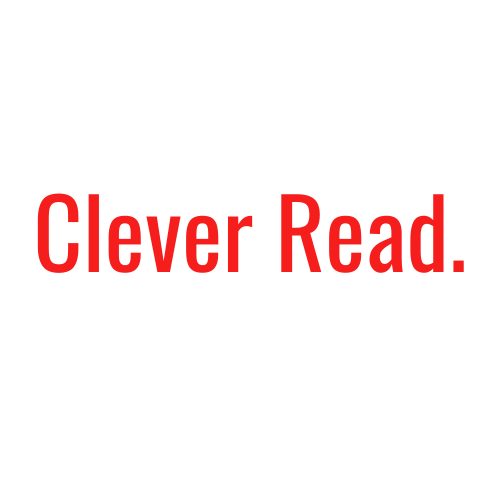Breaking Down Self-Publishing: A Beginner’s Guide to Taking Control of Your Writing Journey

Self-publishing is the process of independently publishing a book or other written work without the involvement of a traditional publishing company. In self-publishing, the author is responsible for all aspects of the book, including writing, editing, formatting, cover design, printing, distribution, and marketing.
Self-publishing allows authors to have more control over their work, keep more of the profits, and reach their target audience directly. With the rise of digital publishing, self-publishing has become more accessible than ever before, allowing authors to publish and distribute their work in a variety of formats, including e-books, print-on-demand, and audiobooks.
However, self-publishing can also be challenging and requires a significant investment of time, effort, and resources to produce a high-quality product. Additionally, self-published books may face more difficulty in gaining recognition and acceptance in the literary world without the support and backing of a traditional publisher.
Overall, self-publishing can be a viable option for authors who are willing to take on the responsibility and work involved in producing and promoting their own work.















